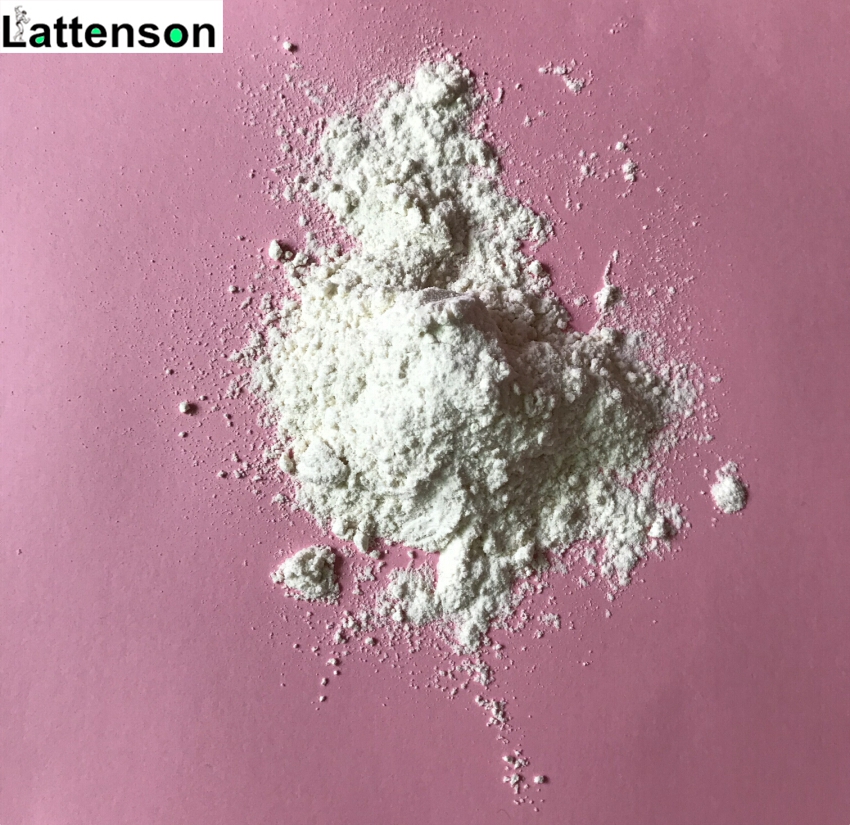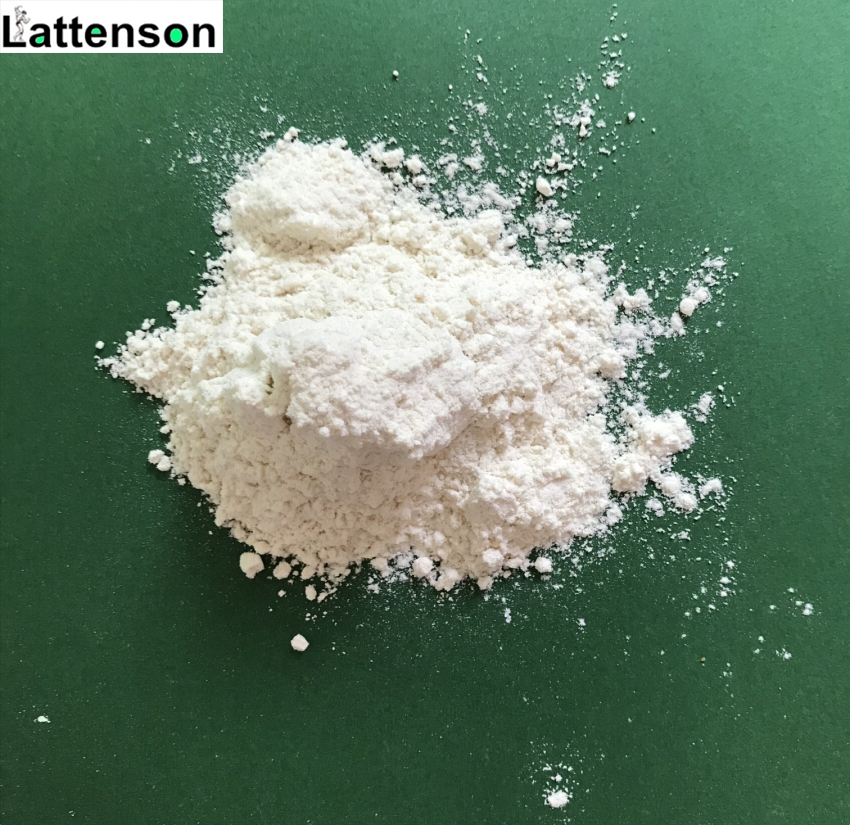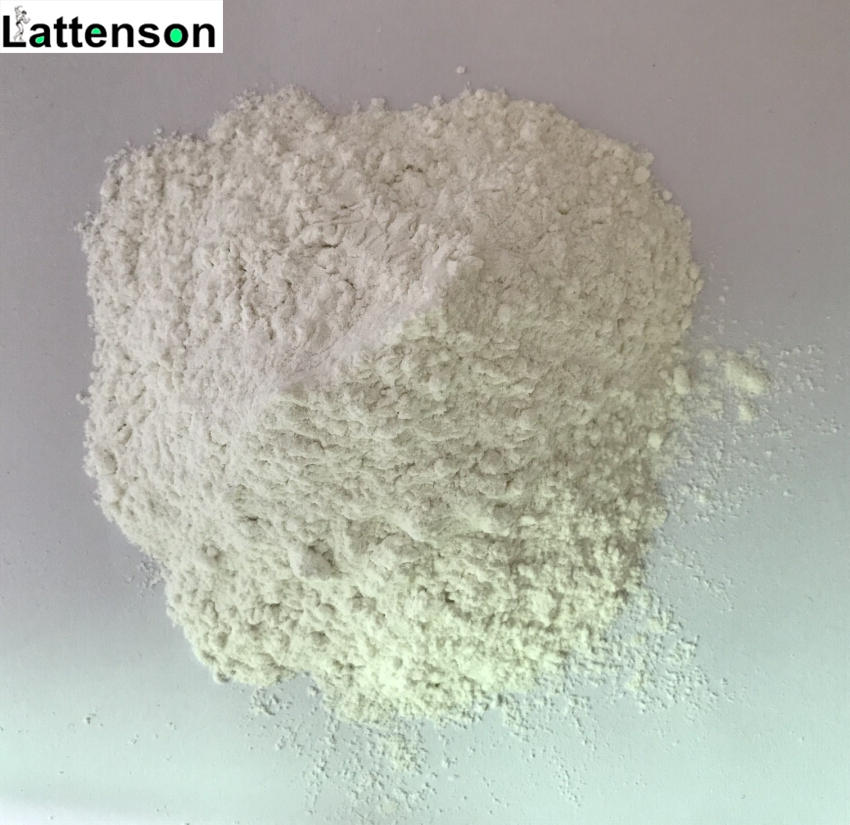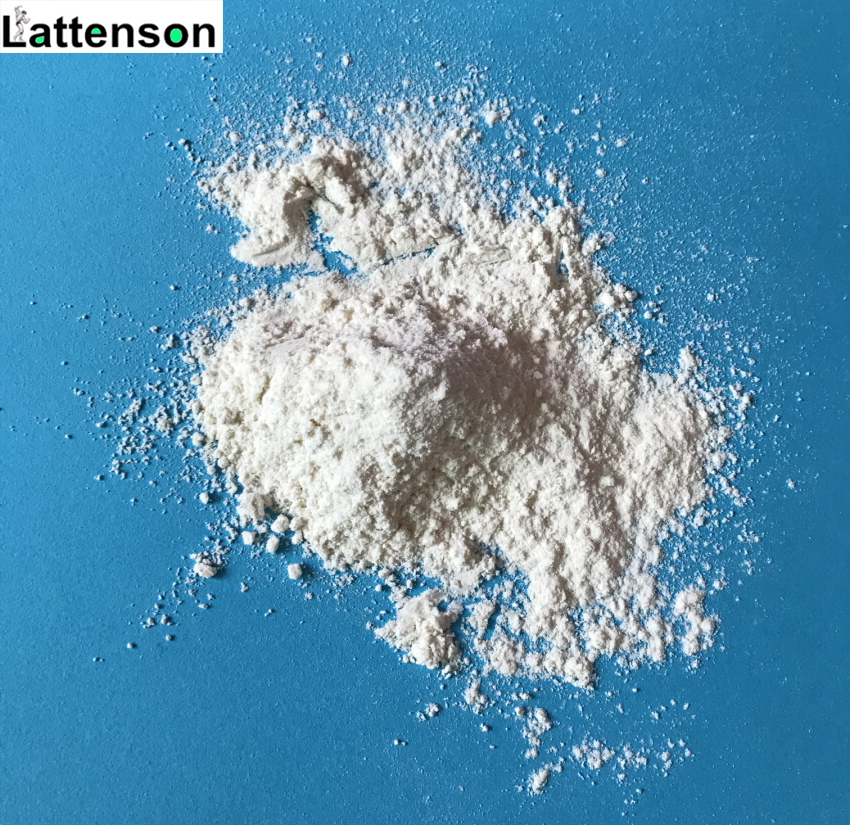Lidocaína CAS 137-58-6 Base cruda de la lidocaína del polvo del esteroide del cuidado de la salud del levantamiento de pesas
lidocaína
CASO:137-58-6
MF:C14H22N2O
MW:234.34
EINECS:205-302-8
Sinónimos:2-(dietilamino)-2′,6′-acetoxylidide;2-(dietilamino)-2’,6’-acetoxylidide ;2-(dietilamino)-norte-(2,6-dimetilfenilo)-acetamid ;2′,6′-Acetoxylidide, 2-(dietilamino)-;6’-acetoxylidide,2-(dietilamino)-2 ;Acetamide, 2-(dietilamino)-NORTE-(2,6-dimetilfenilo)-;Acetamide,2-(dietilamino)-NORTE-(2,6-dimetilfenilo)- ;a-Diethylamino-2,6-acetoxylidide
Propiedades
Punto de fusion:66-69° C
Punto de ebullición:bp4 180-182°; bp2 159-160°
punto de inflamabilidad:9℃
temperatura de almacenamiento. Store at RT
solubility ethanol: 4 mg / mL
formar polvo
color White to slightly yellow
Water Solubility practically insoluble
Merck 14,5482
Estabilidad:Stable. Incompatible with strong oxidizing agents.
Abstracto
Lidocaine is a common local anesthetic and class-1b antiarrhythmic drug. Lidocaine is used topically to relieve itching, burning, and pain from skin inflammations, injected as a dental anesthetic, or used as a local anesthetic for minor surgery. It replaces procaine,being widely used in plastic and cosmetic operation in local infiltration anesthesia, the sodium channel inhibition of the nerve cell membrane to block nerve excitability and conduction.
It is on the World Health Organization’s List of Essential Medicines, a list of the most important medications needed in a basic healthcare system
Aplicaciones
The efficacy profile of lidocaine as a local anesthetic is characterized by a rapid onset of action and intermediate duration of efficacy.Therefore,la lidocaína es adecuada para la infiltración,bloquear,and surface anesthesia.Longer-acting substances such as bupivacaine are sometimes given preference for subdural and epidural anesthesias;lidocaína,aunque,tiene la ventaja de un rápido inicio de acción.
Epinephrine vasoconstricts arteries,reduce el sangrado y también retrasa la reabsorción de la lidocaína,almost doubling the duration of anaesthesia.For surface anesthesia,Se pueden utilizar varias formulaciones disponibles, p.. para endoscopia,antes de las intubaciones,etc.Buffering the pH of lidocaine makes local freezing less painful.Lidocaine drops can be used on the eyes for short ophthalmic procedures.
Relative insensitivity to lidocaine is genetic.In hypokalemic sensory overstimulation,relative insensitivity to lidocaine has been described in people who also have attention deficit hyperactivity disorder.In dental anesthesia,a relative insensitivity to lidocaine can occur for anatomical reasons due to unexpected positions of nerves.Some people with Ehlers-Danlos syndrome are insensitive to lidocaine.
Indications and Usage
Lidocaine hydrochloride injection,USP is indicated for production of local or regional anesthesia by infiltration techniques such as percutaneous injection and intravenous regional anesthesia by peripheral nerve block techniques such as brachial plexus and intercostal and by central neural techniques such as lumbar and caudal epidural blocks,when the accepted procedures for these techniques as described in standard textbooks are observed.
COA
| Elementos |
Claims |
Resultados |
| Apariencia |
Polvo cristalino blanco |
Pasar |
| Content Wt. |
99.00%-101.00% |
99.72% |
| Identificación |
Chloridate |
Positivo |
| Test A |
Positivo |
| Punto de fusion |
74-79C |
75.8-77.3C |
| Appearance of solution |
Clear and colourless |
Pasar |
| Agua |
5.5-7.0% |
5.8% |
| Acidity PH |
4.0-5.5 |
5.3 |
| Sulphated ash |
0.10% máximo |
0.06% |
| Metales pesados |
5ppm max |
Pasar |
| 2, 6-Dimethylaniline |
100ppm max |
Pasar |
| Sulfato |
Meet the requirement |
Pasar |
| Conclusión |
Calificado |
Usos
lidocaína, also known as xylocaine and lignocaine, is a medication used to numb tissue in a specific area and to treat ventricular tachycardia.It can also be used for nerve blocks. Lidocaine mixed with a small amount of epinephrine is available to allow larger doses to be used as numbing and to make it last longer.When used as an injectable it typically begins working within four minutes and lasts for half an hour to three hours. Lidocaine may also be applied directly to the skin for numbing.
usos medicos
The efficacy profile of lidocaine as a local anesthetic is characterized by a rapid onset of action and intermediate duration of efficacy. Por lo tanto, la lidocaína es adecuada para la infiltración, bloquear, y anestesia de superficie. A veces se da preferencia a las sustancias de acción más prolongada, como la bupivacaína, para las anestesias subdurales y epidurales.; lidocaína, aunque, tiene la ventaja de un rápido inicio de acción. epinefrina (adrenalina) vasoconstriñe las arterias, reduce el sangrado y también retrasa la reabsorción de la lidocaína, casi duplicando la duración de la anestesia. Para anestesia de superficie, several available formulations can be used for endoscopies, antes de las intubaciones, etc.. Buffering the pH of lidocaine makes local numbing less painful.[10] Las gotas de lidocaína se pueden usar en los ojos para procedimientos oftálmicos cortos..













 Gerente de ventas
Gerente de ventas